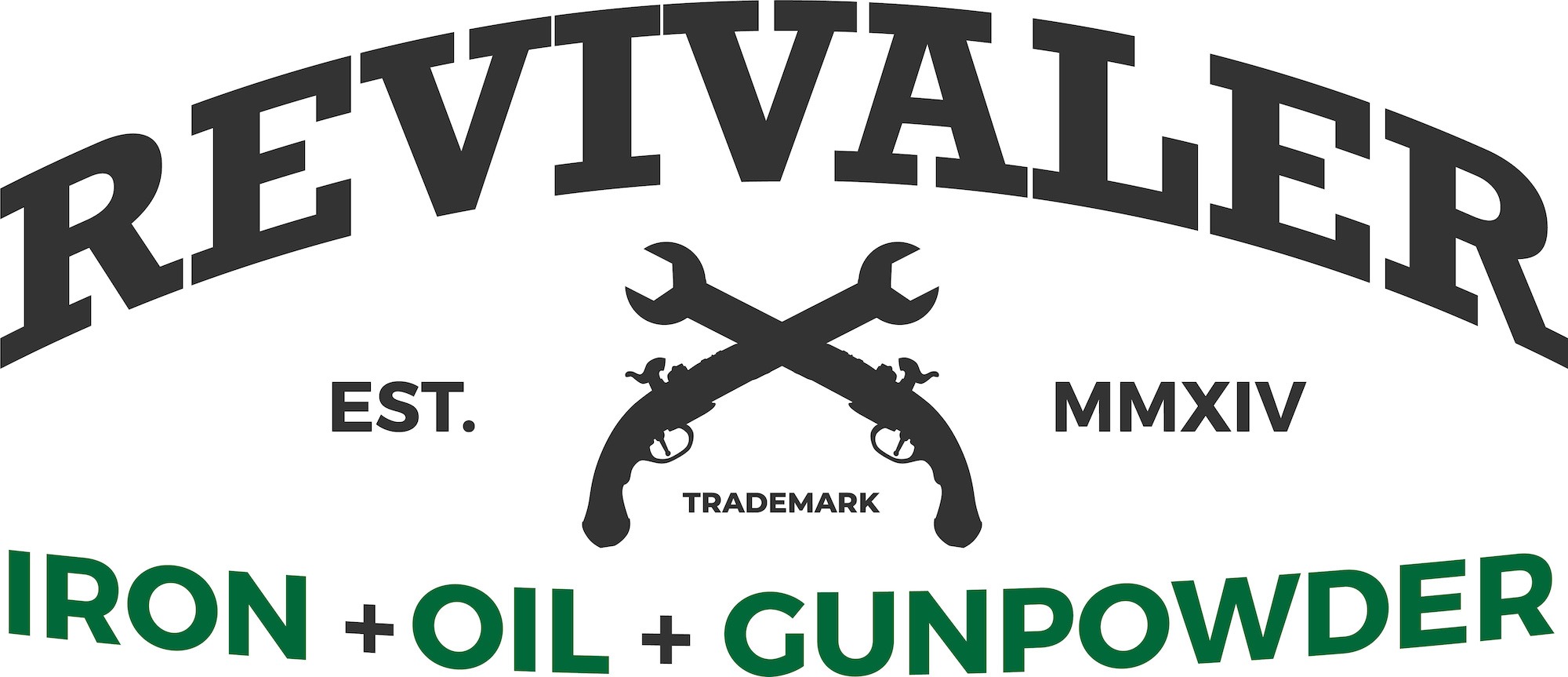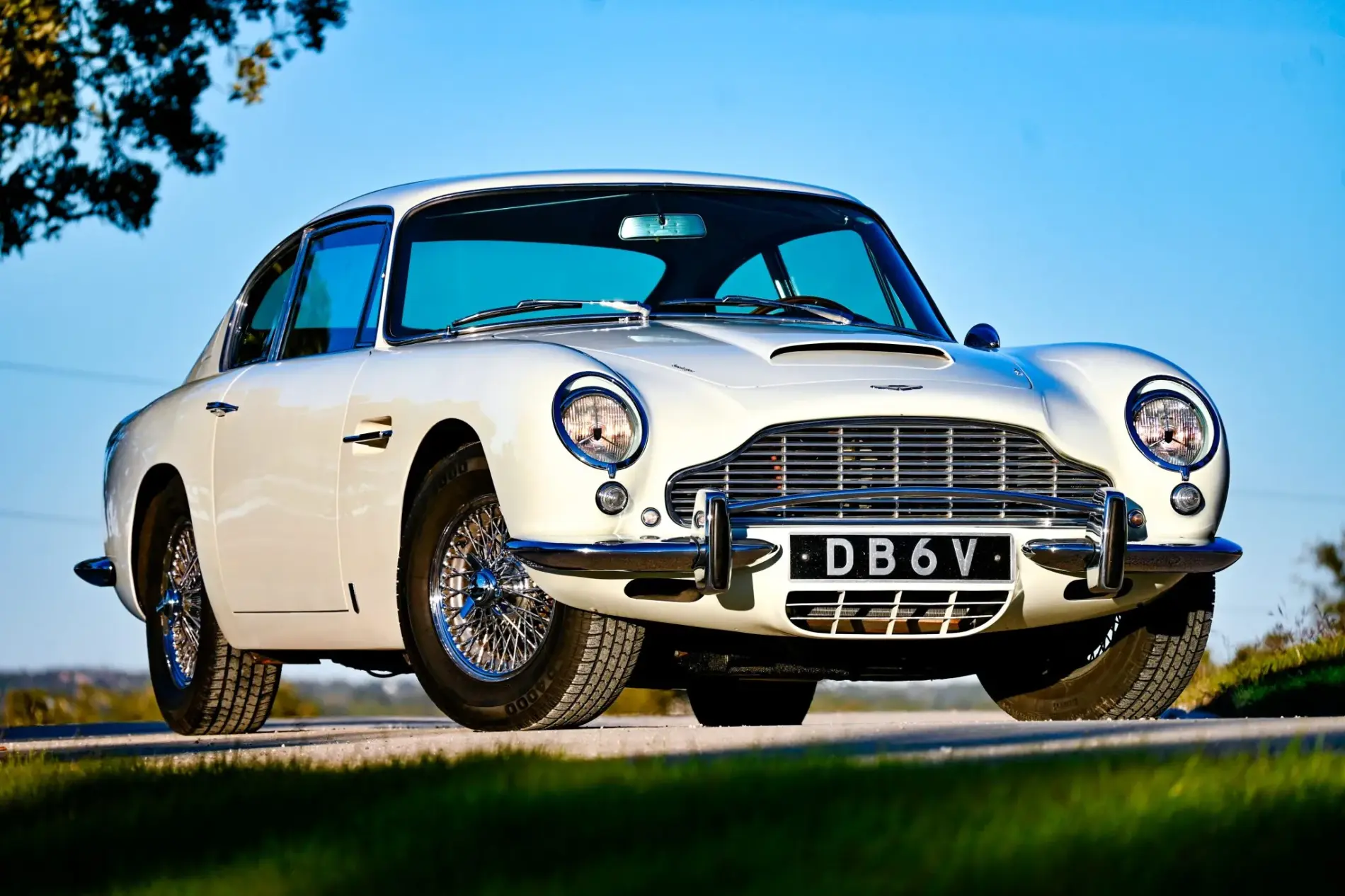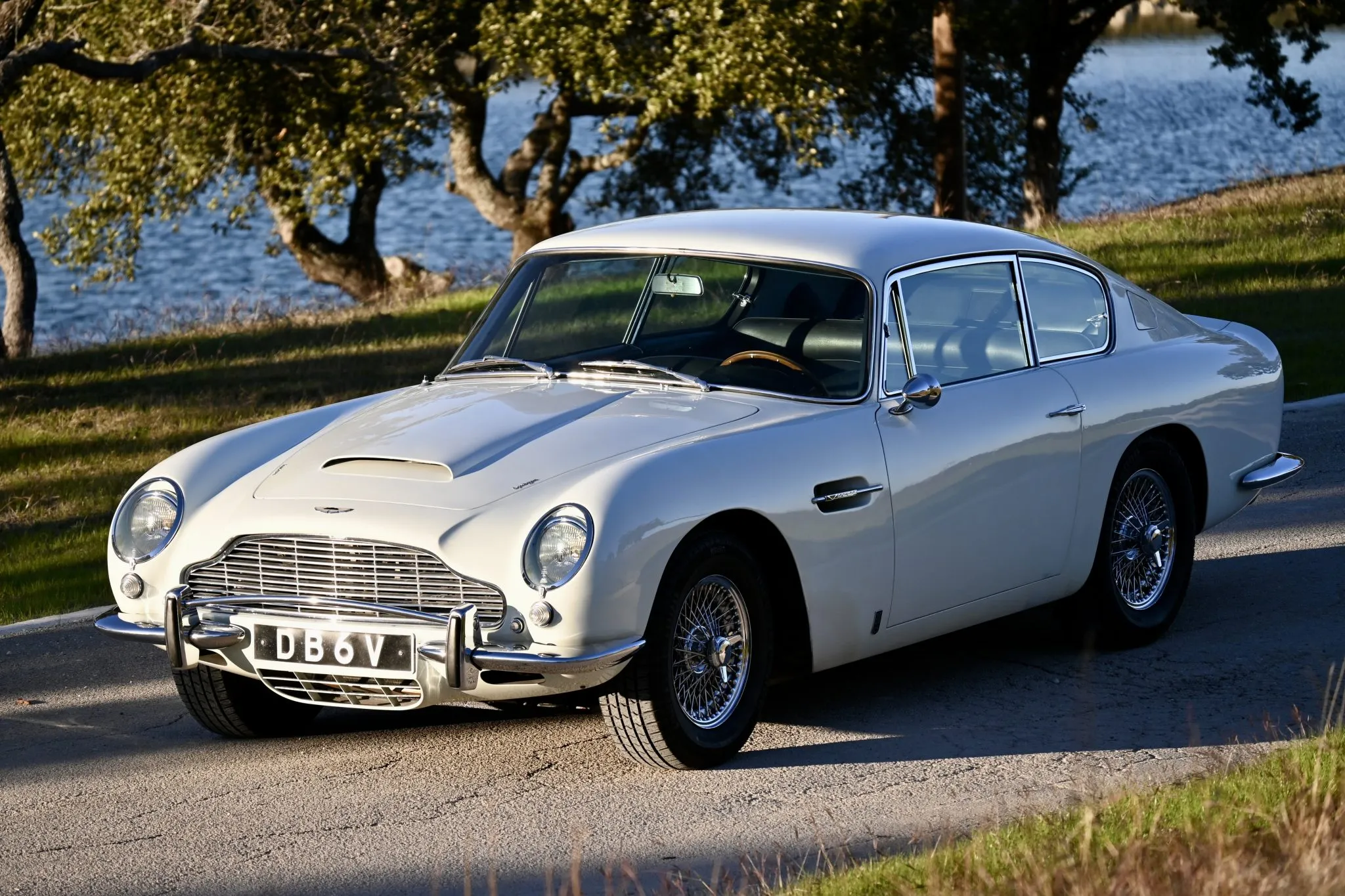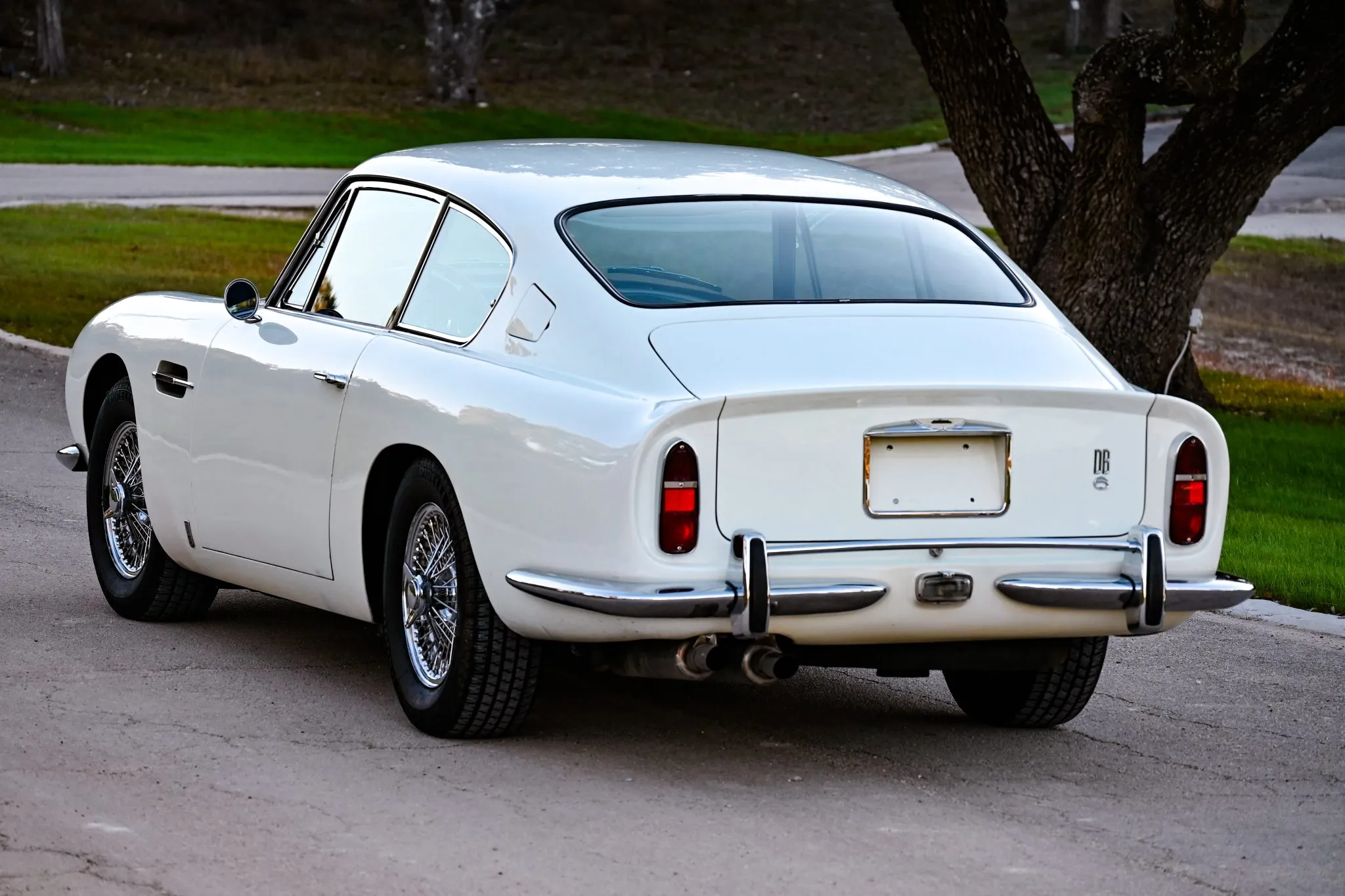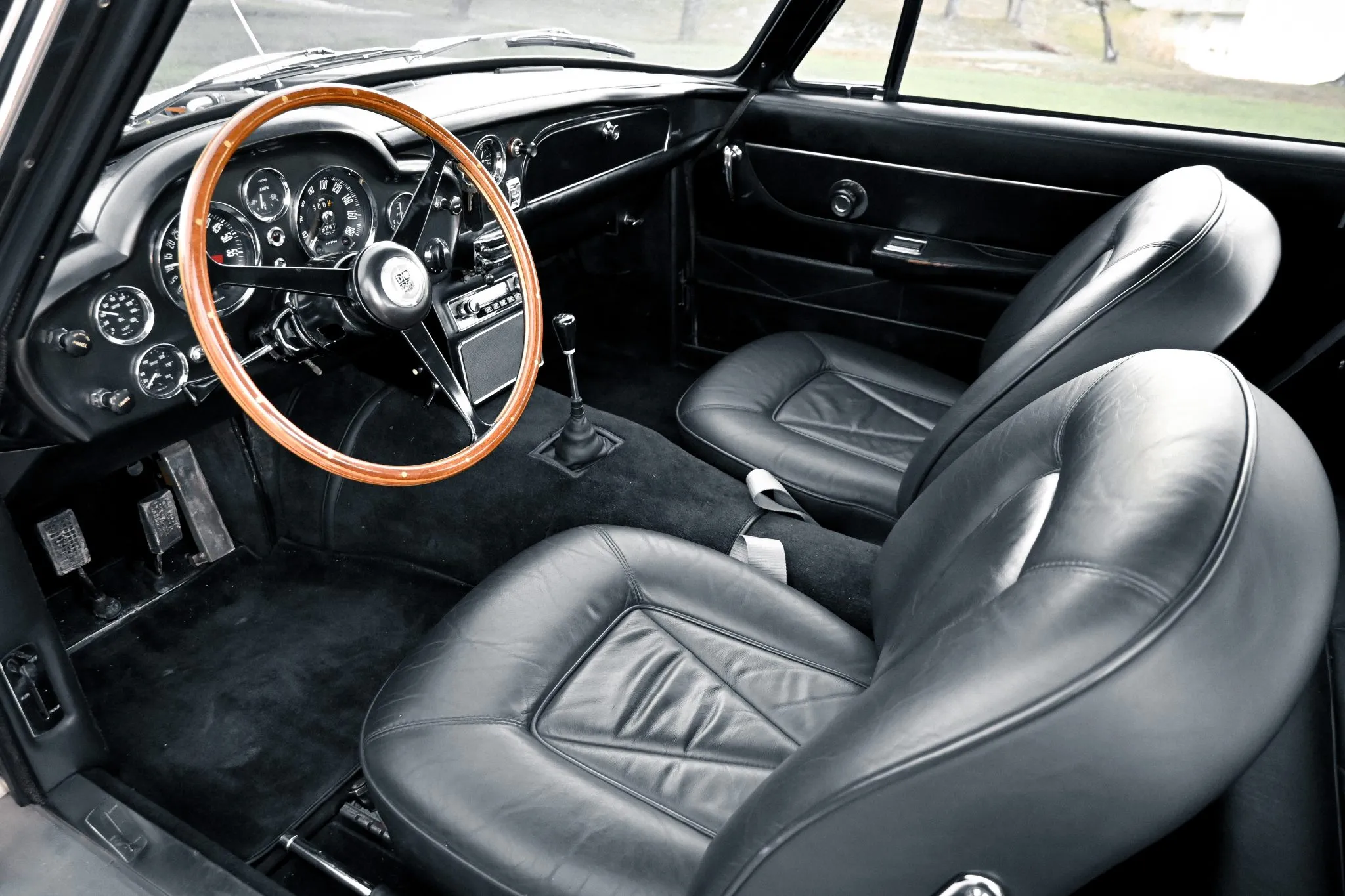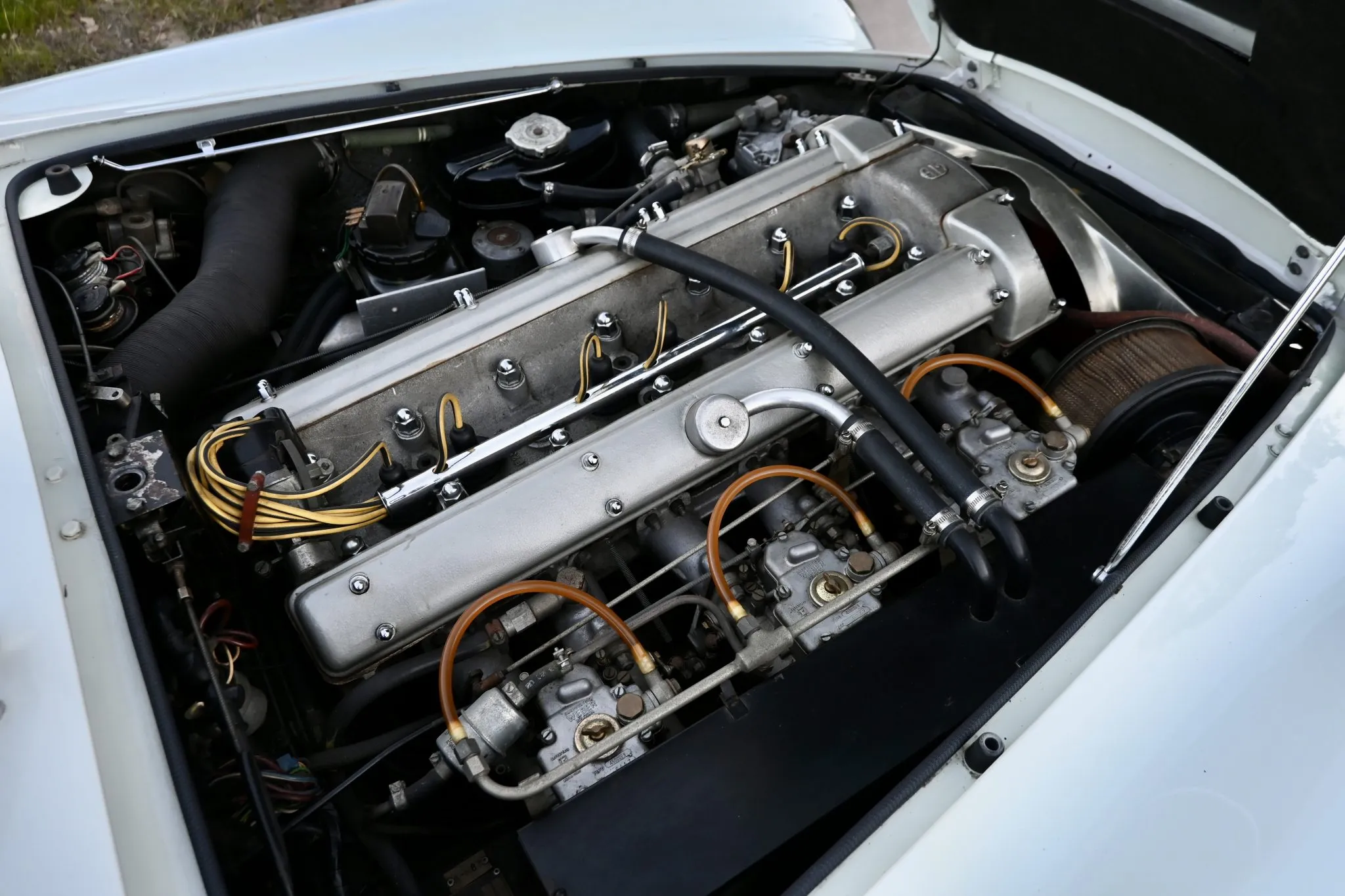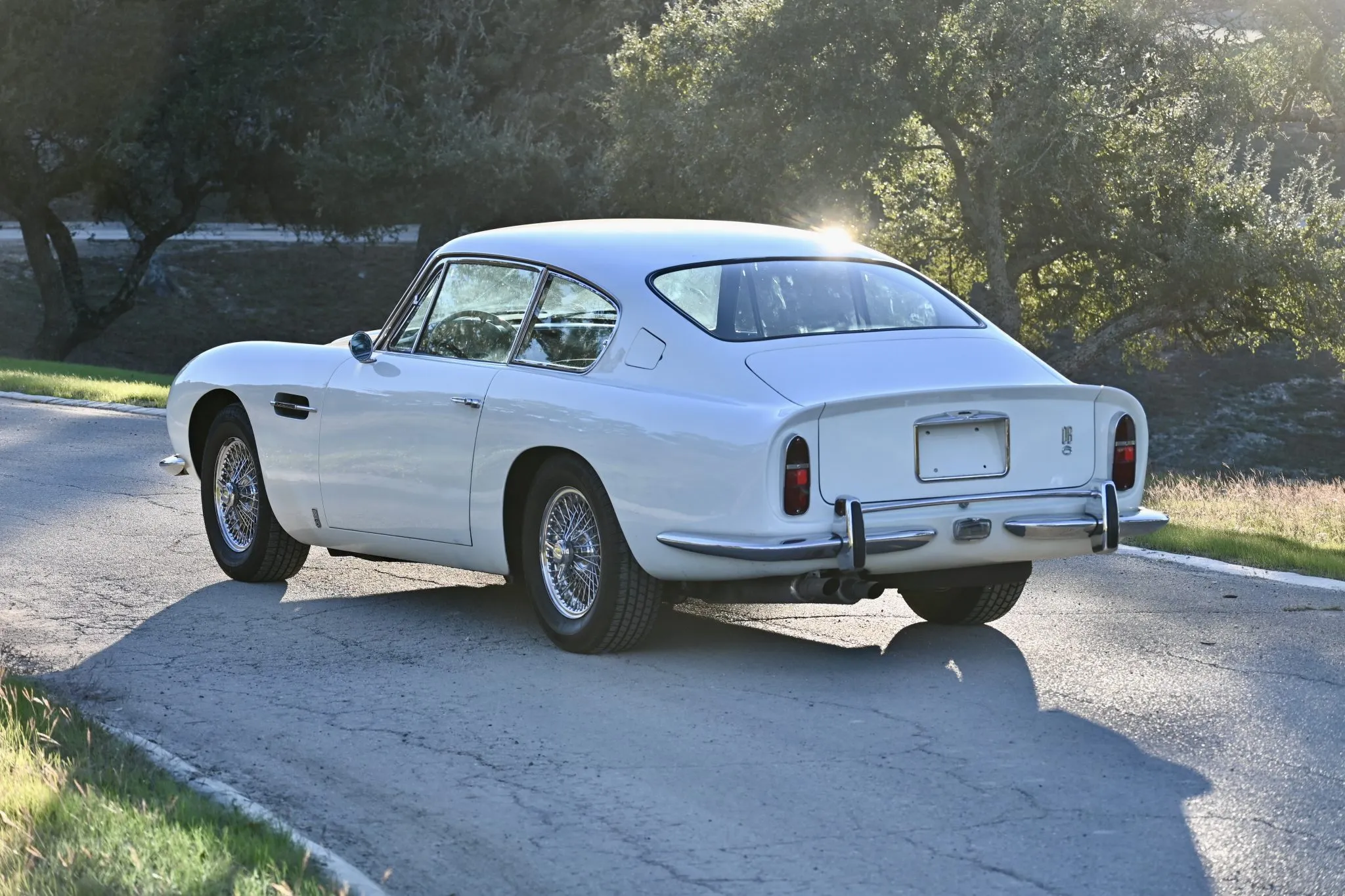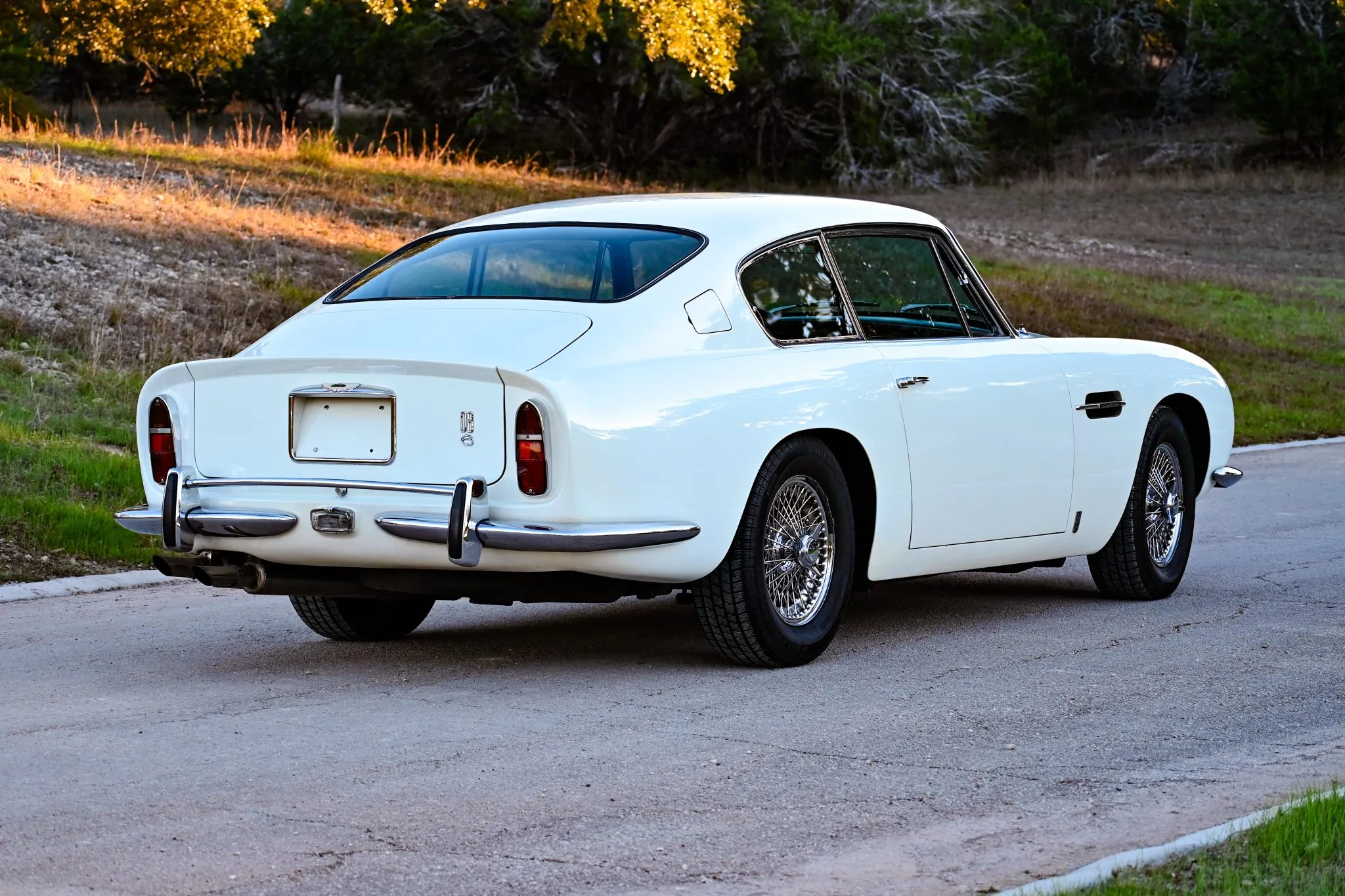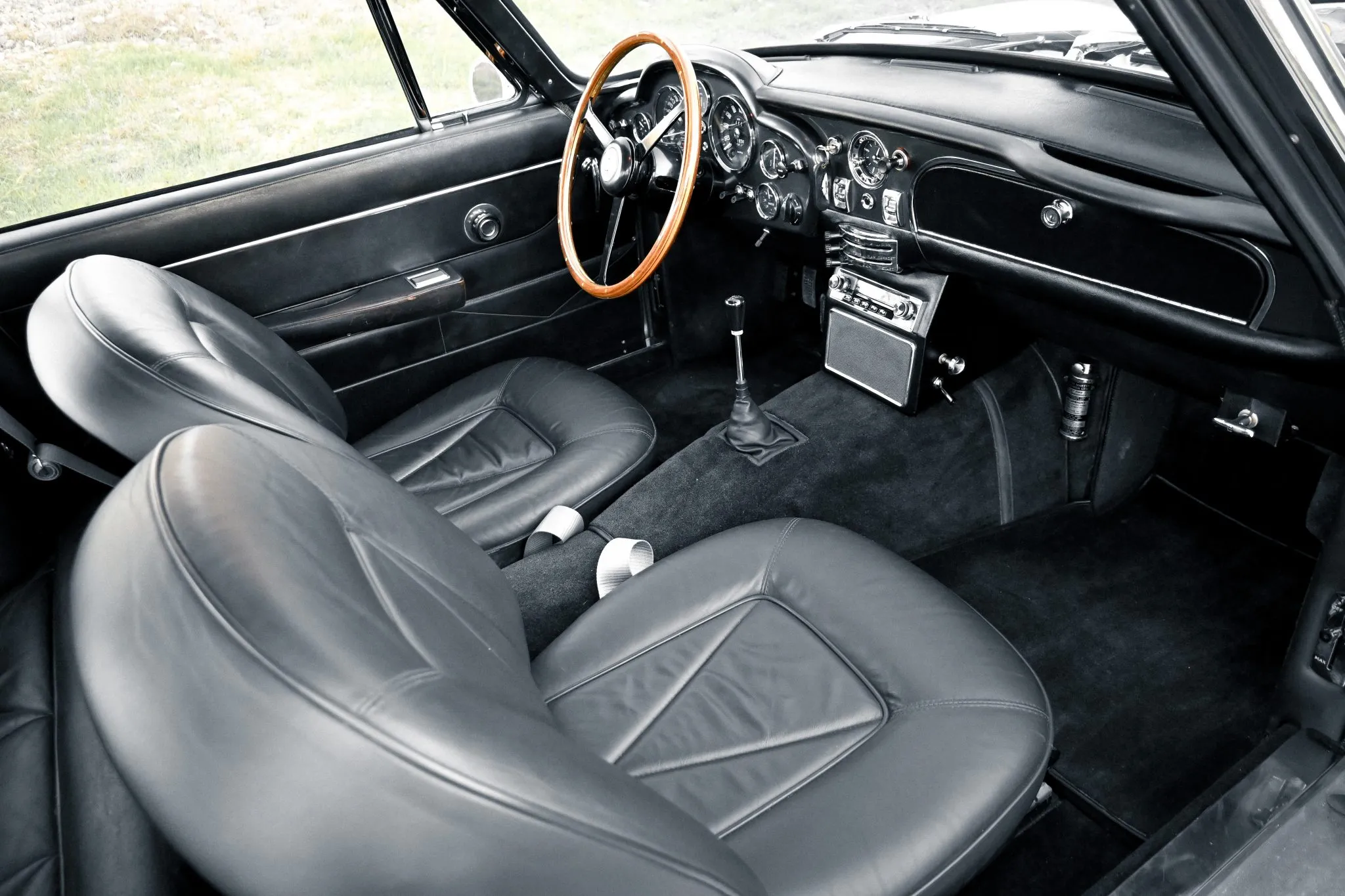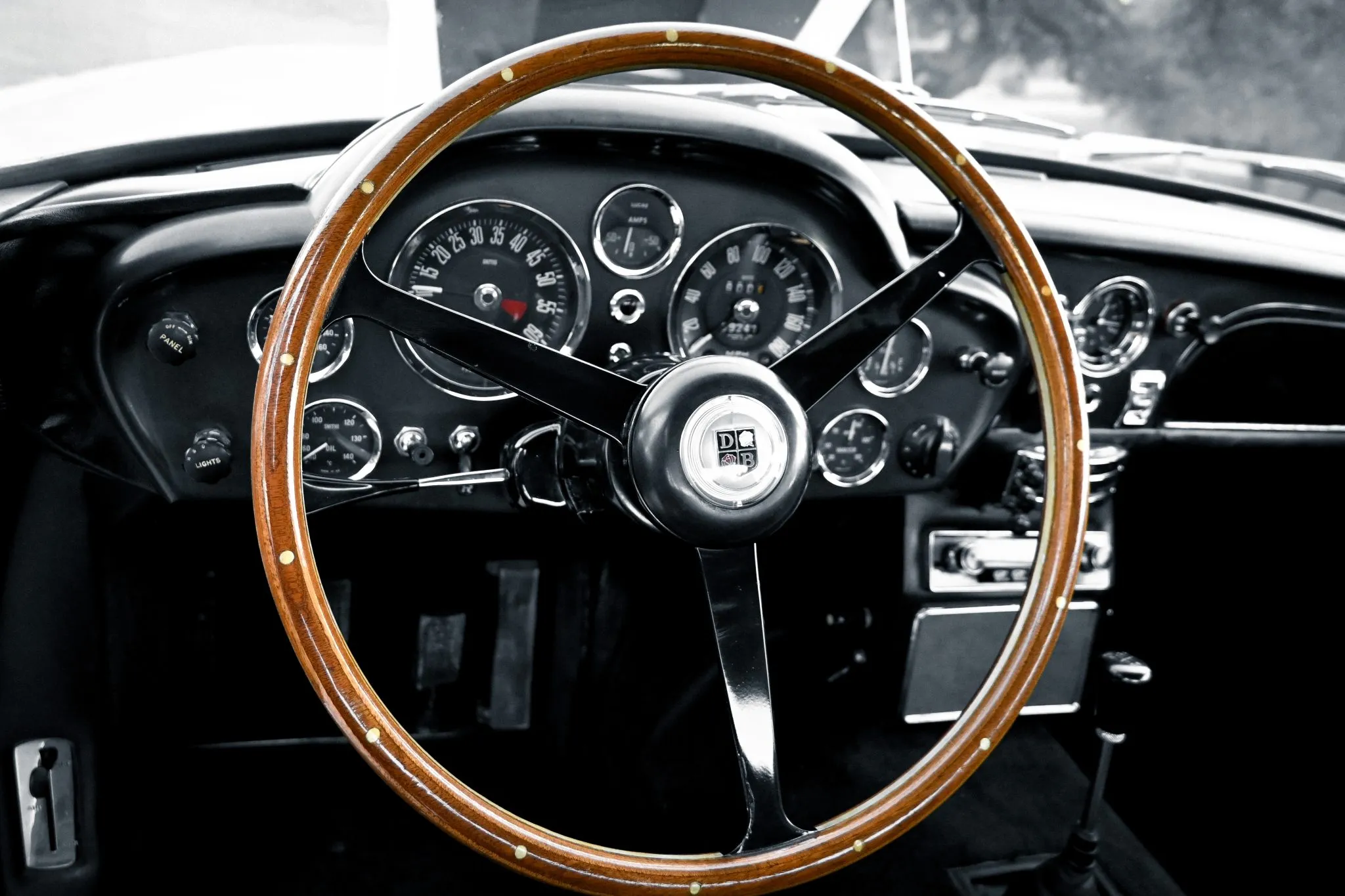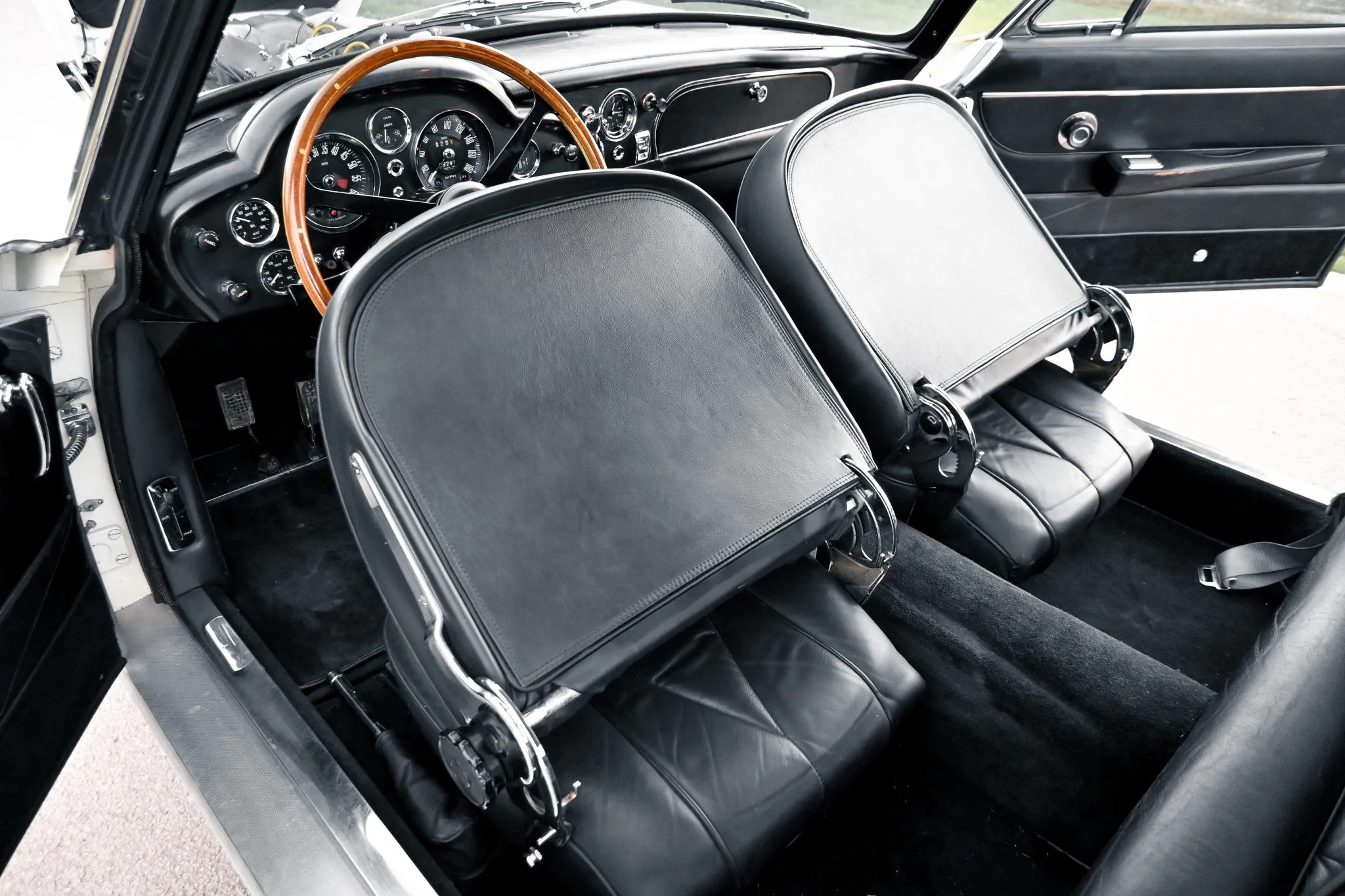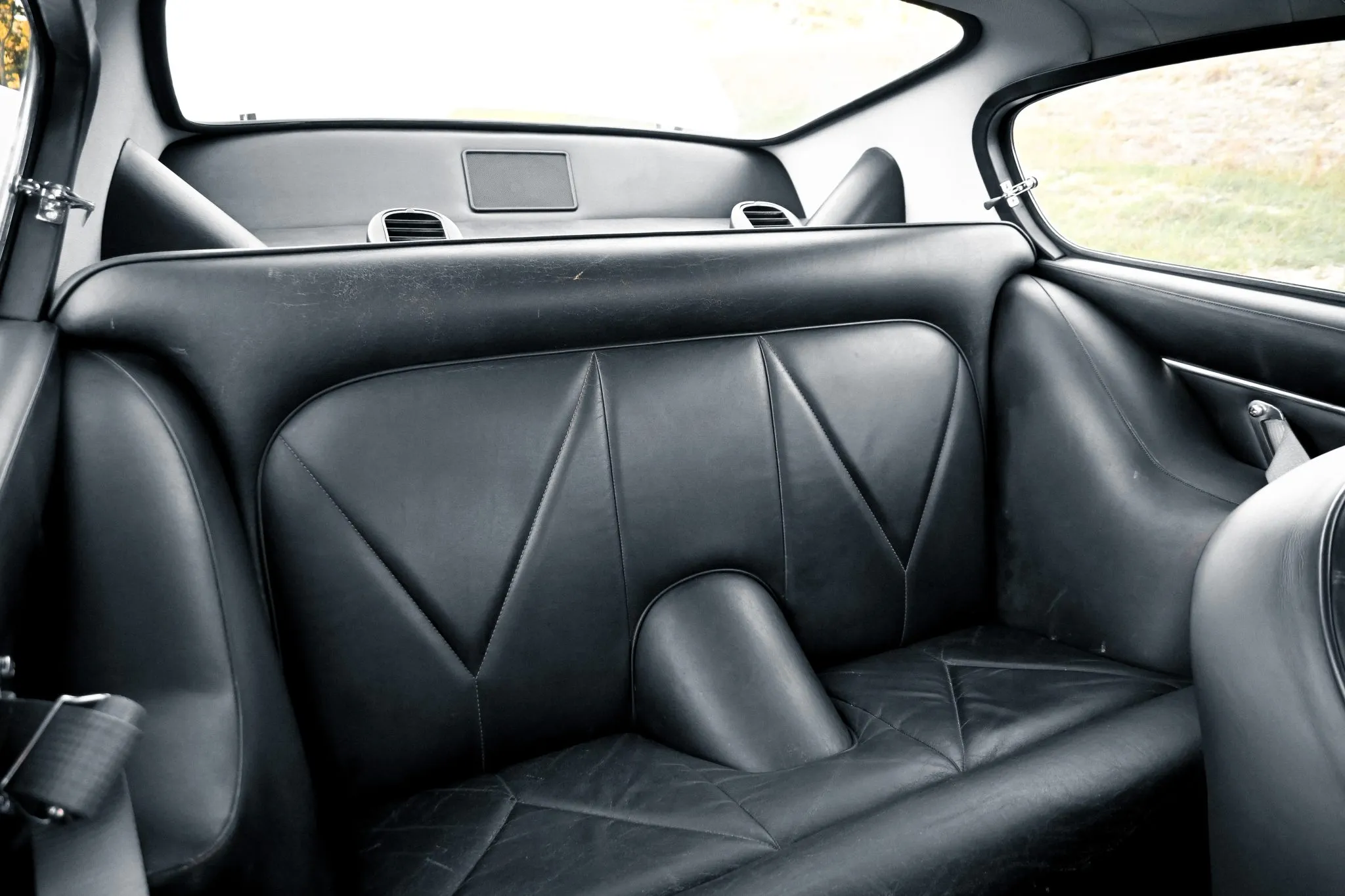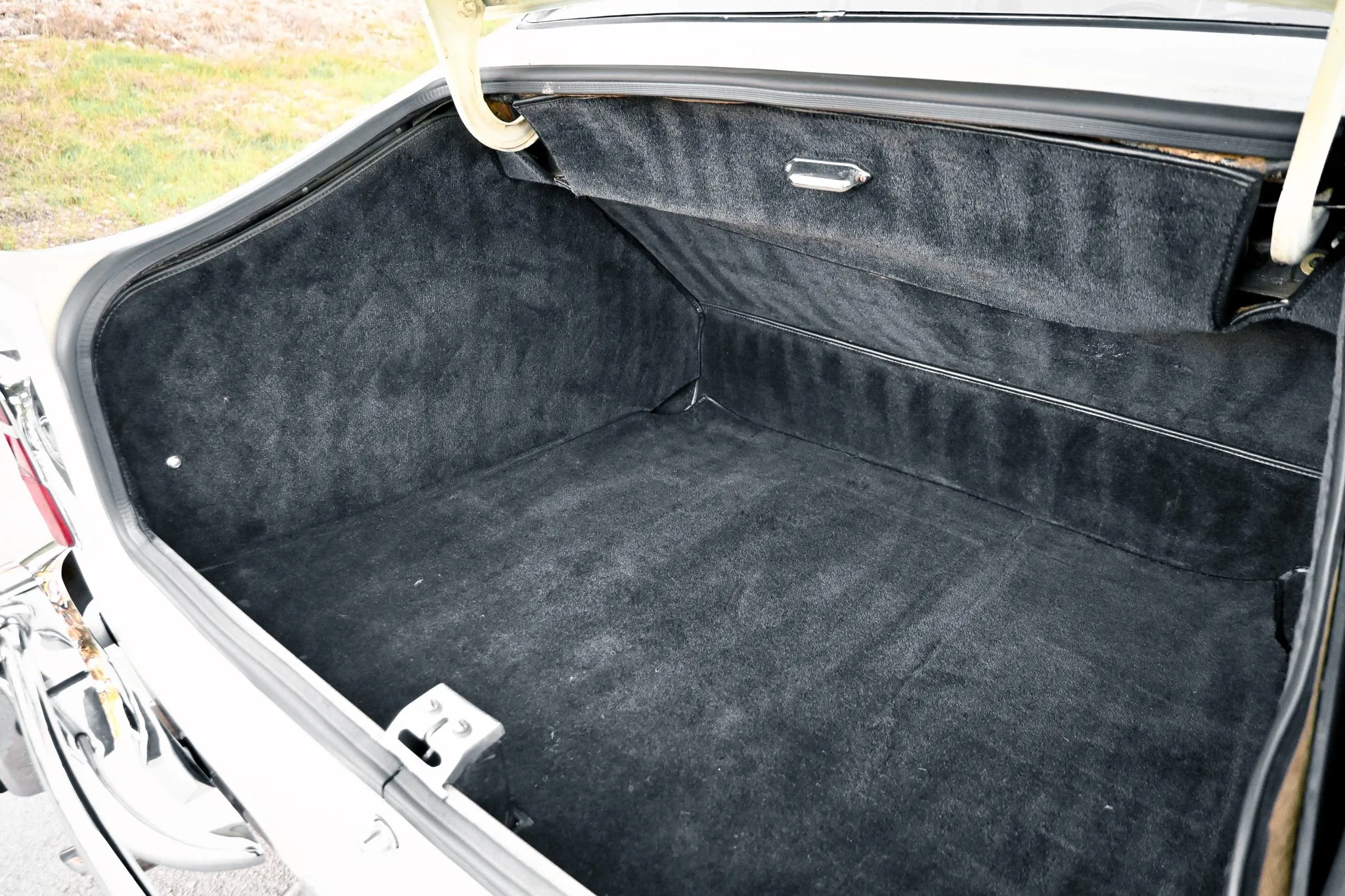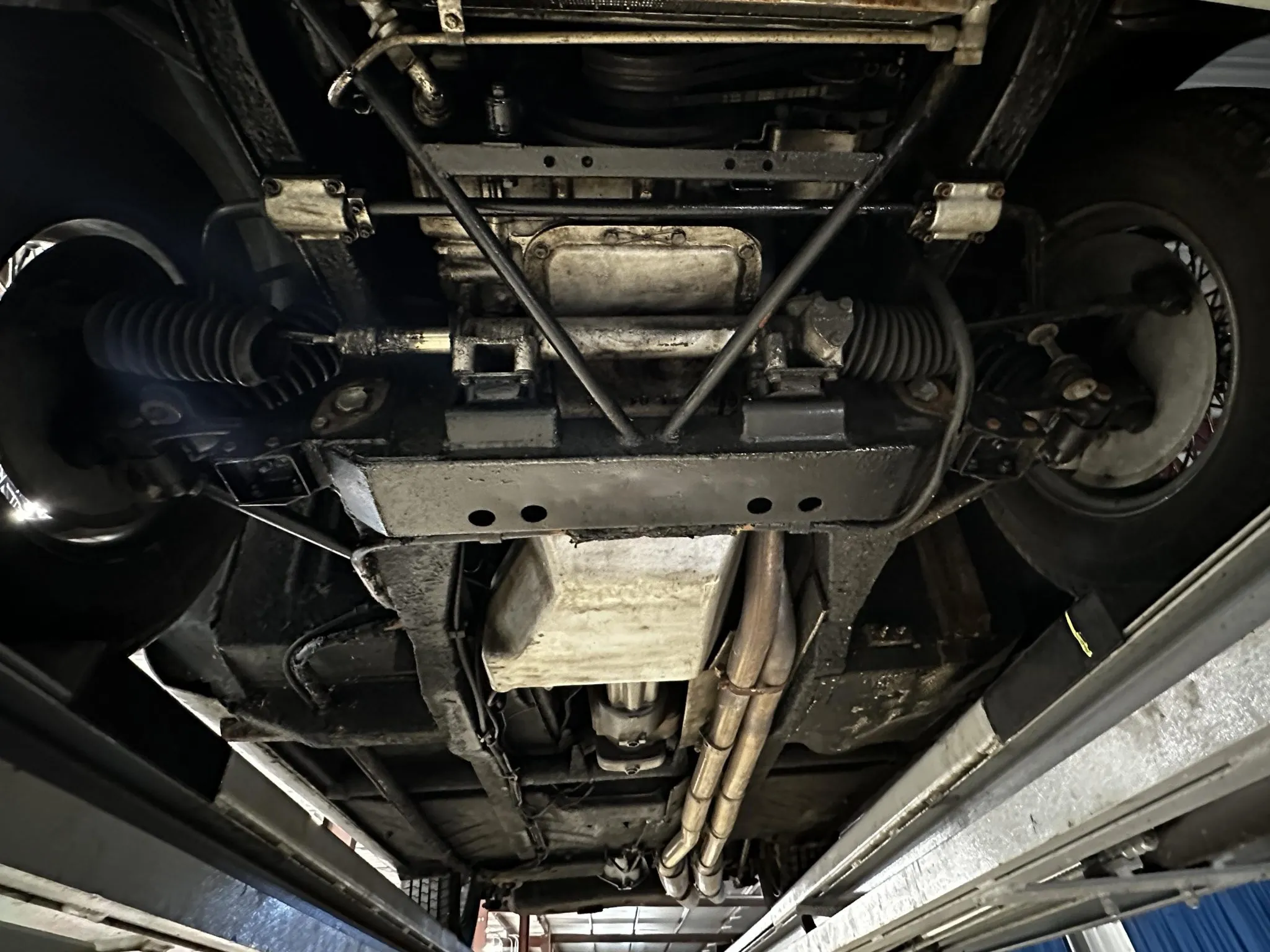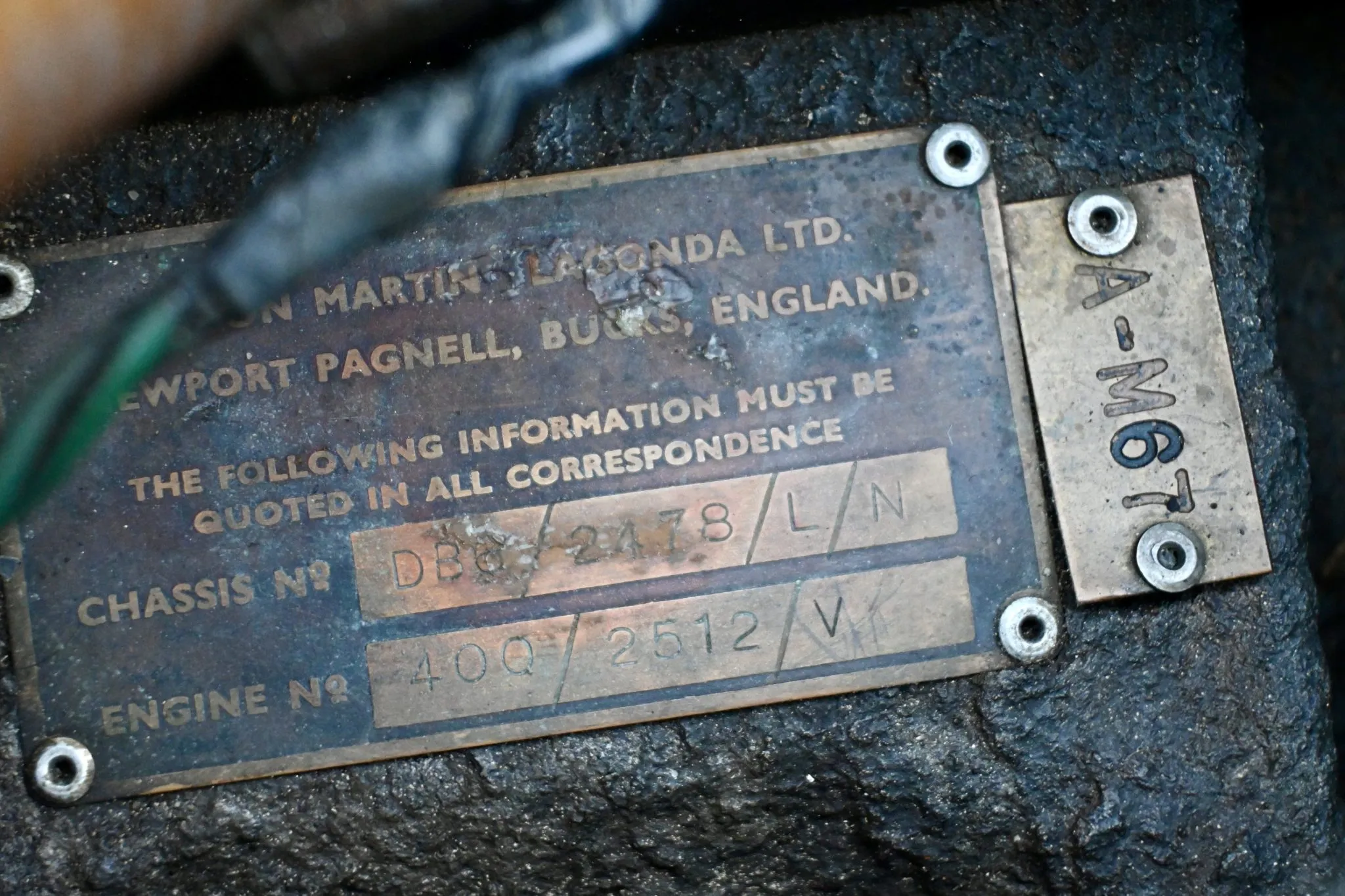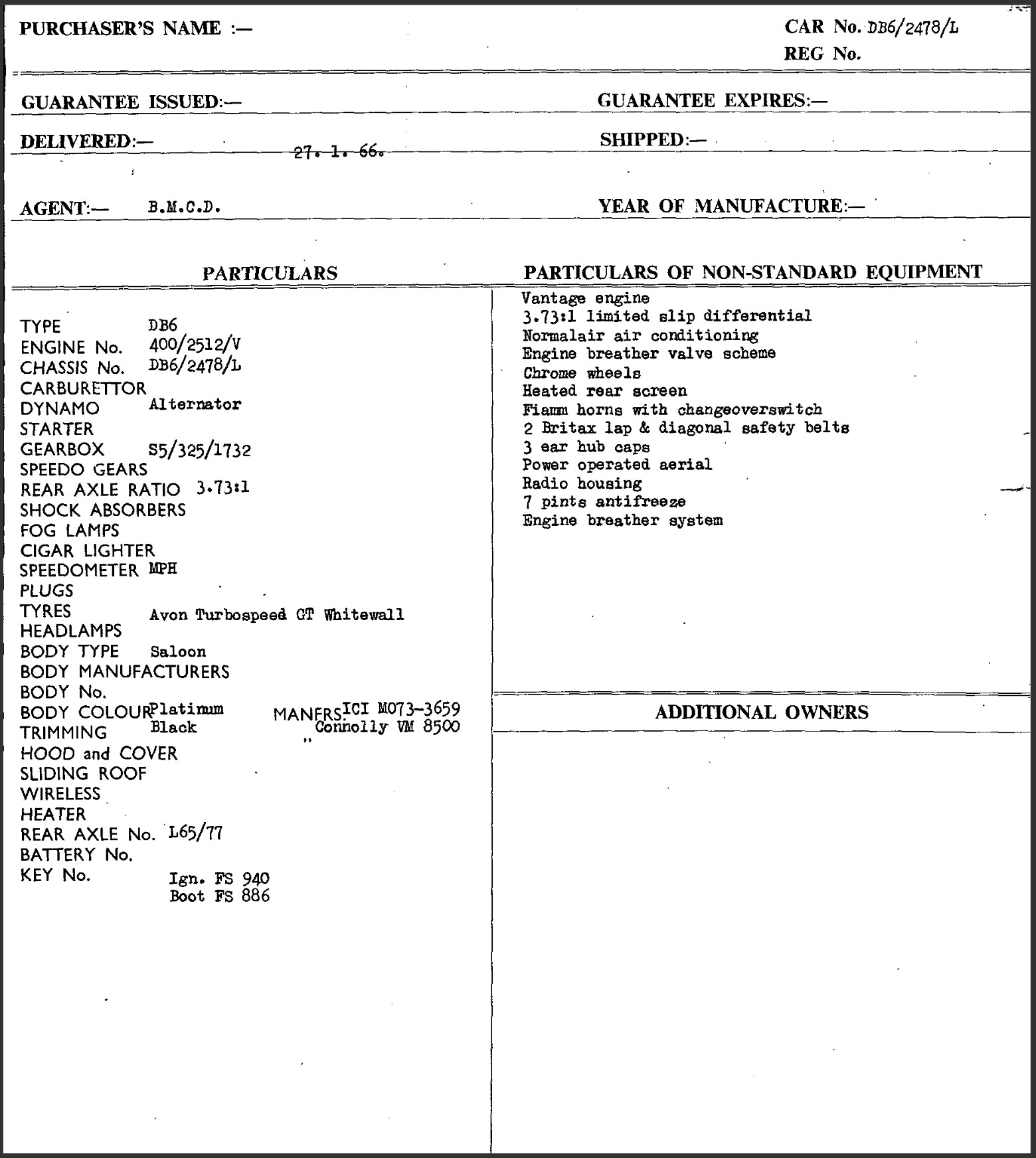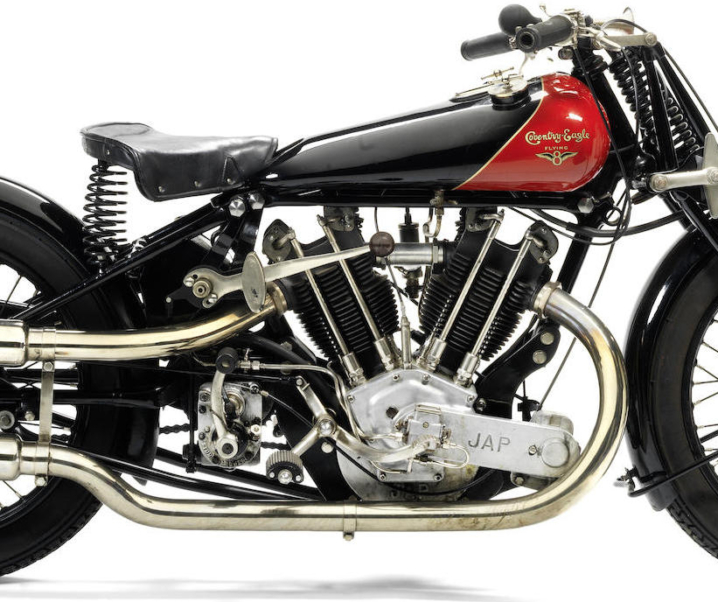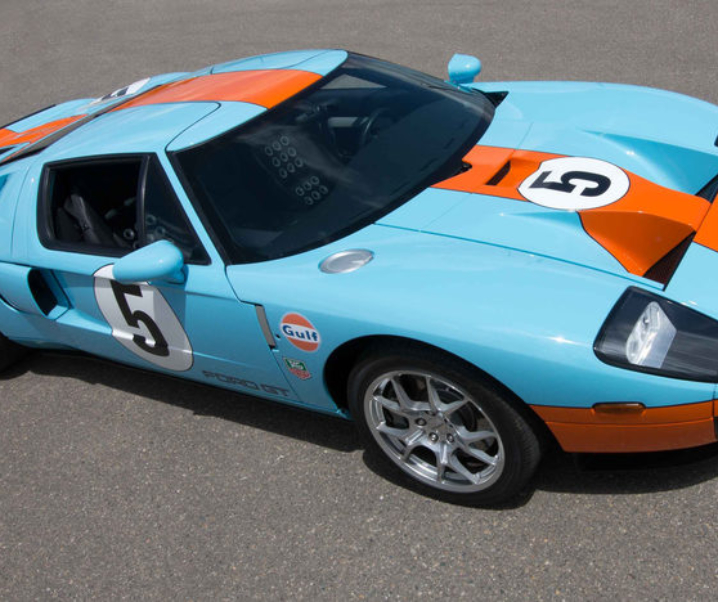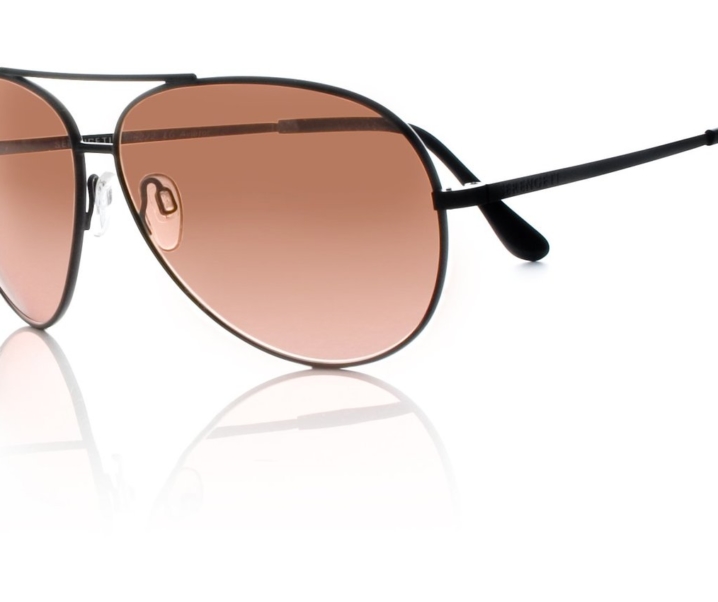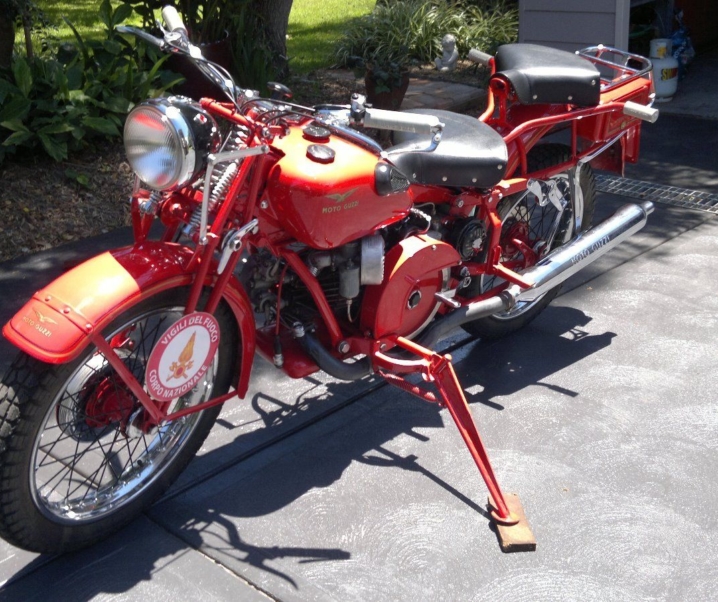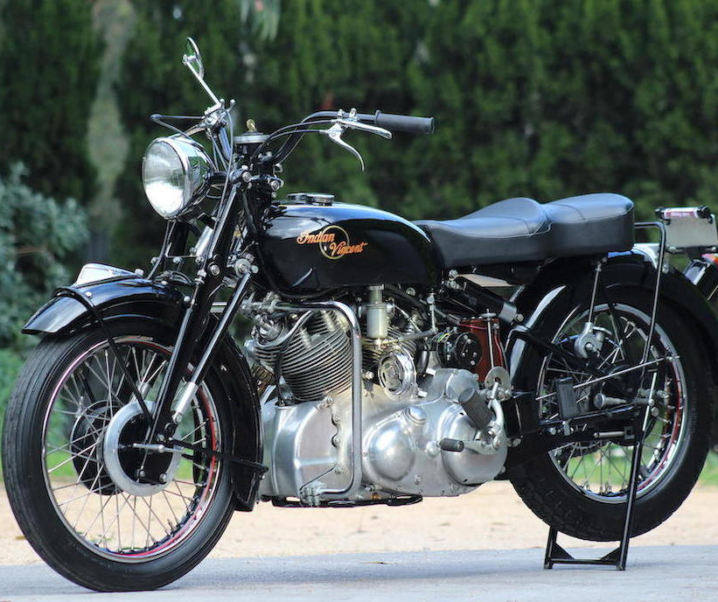Despite the fact that many preferred the looks of the Aston Martin DB4 and DB5 the Aston Martin DB6 was undoubtedly the ultimate refinement of that group of three Aston Martin models. It was a car that featured nicely improved aerodynamics and high speed stability.
Fast Facts
- The Aston Martin DB6 was the ultimate refinement of the series of cars that began with the DB4 and DB5.
- Although the DB4 and DB5 are generally regarded as being the prettier of the three models the DB6 stands out as the most refined in terms of handling and performance. It also provided a slightly more spacious interior and a tad more luggage space.
- The DB6 was made in both standard and high performance Vantage versions.
- There is a 1966 Aston Martin DB6 Vantage for sale on Bring a Trailer at time of publication.
The Aston Martin DB6 was the third model in a development process that began with the DB4, then the DB5 made famous by the James Bond movie “Goldfinger”, and then the ultimate progression of that design family, the DB6.
These three models were all created during the season in which the company was led by David Brown, who gives his initials “DB” to the Aston Martin models created under his watch: and whose initials are still used for Aston Martin cars today – a fitting legacy to the man who laid the foundations to make Aston Martin one of the most respected names among British performance car makers.
The DB6 design addressed the shortcomings found in the extraordinarily pretty DB4 and DB5 to create a car that was aerodynamically superior, with more interior head room, and a bit more leg room for rear seat passengers. It was a car that was an expression of the best of British performance car design and manufacture of that late 1960’s era: an era in which some of the most iconic cars Britain would ever make were created.
The DB6 also marked the end of an era for Aston Martin. It was the last car in the line that was designed around the Tadek Marek DOHC inline six cylinder engine: the DBS that followed it was a larger car with rather different styling that was designed with the 5,340 cc Aston Martin V8 as its intended heart.
The DB6 retained quite similar construction to its DB4 and DB5 predecessors but the design was refined and improved on. The DB6 still used the “Superleggera” construction of its predecessors which involved a tubular steel frame with aluminium alloy “Birmabright” body panels attached to it. But the steel framework was of purpose designed steel sections complimented with steel tubing, onto which the “Birmabright” body panels were attached.
To enhance the aerodynamic stability of the DB6 the car’s rear end was given a Kammback style rear with integrated spoiler. The DB4 and DB5 were, without doubt, more pretty, but subject to lift at high speed. The Kammback style rear of the DB6 addressed that shortcoming providing the sort of high speed stability that is so comforting as one reaches the upper end of a car’s capabilities.
The aerodynamics of the front of the car were also re-designed with an oil cooler grill set below the main grill to create a bit of an “air-dam” effect to help cause an air low-pressure area underneath the car and thus discourage any tendency towards front end lift.
The DB6 was made a little longer than its forebears, the wheelbase being 2,578 mm (101.5 inches) 95 mm (3.75 inches) longer than the DB4 and DB5. This longer wheelbase improved stability and helped provide more passenger compartment space. Overall length was 4,623 mm (182 inches) and width almost identical to the DB5 at 1,676 mm (66 inches).
The DB6 was slightly taller than its siblings at 1,359 mm (53.5 inches) and featured a more steeply raked and taller windscreen, which contributed to the provision of more headroom.
The suspension for the DB6 was very much like that of the DB5, upper and lower “A” arms with coil springs, an anti-roll bar, and telescopic shock absorbers at the front, while at the rear was a live axle positively located by trailing arms and Watts Linkage. The rear suspension featured coil springs and ride control that was adjustable from inside the car.
Brakes were servo assisted Girling discs all around; 292 mm (11.5 inches) at the front and 274 mm (10.79 inches) at the rear. Steering was by rack and pinion with 3.3 turns lock-to-lock.
In the engine room the DB6 had two basic options: the standard and the vantage.
The standard engine was the 3,996cc (4.0 liters) Tadek Marek DOHC inline six cylinder with a compression ratio of 8.9:1 breathing via triple SU HD8 carburettors. This engine version delivered 282 hp (286PS) @ 5,500 rpm with torque of 280 lb/ft (380NM) @ 4,500 rpm.
The Vantage version of this engine featured triple triple Weber 45 DCOE carburetors and with its compression ratio of 9.4:1 and churned out a rather adequate 325 bhp (330 PS) @ 5,750 rpm.
This engine power was sent to the rear wheels via a five speed ZF gearbox, which was, I think, the most desirable gearbox one could wish for in 1966.
The fuel tank capacity was listed as 19 Imperial gallons (22.8 US, 86.4 liters). Cars fitted with air-conditioning had a slightly smaller 16 Imperial gallon (19.2 US, 72.8 liters) tank.
Performance was crisp as one would expect with a standing to 60 mph time of 6.2 seconds and top speed, measured in a two way test, of 152 mph for the Vantage version.
A 1966 Aston Martin DB6 Vantage for Sale
At time of publication there is a 1966 Aston Martin DB6 Vantage for sale on Bring a Trailer.
This car is finished in Platinum white paintwork with a tasteful black interior and is fitted with air-conditioning and a limited slip differential.
Additional optional equipment includes power steering, power windows, and a Blaupunkt radio for musical accompaniment on long country drives, or so you can catch up on the news and weather.
The car is very traditional Aston Martin fitted with 15×5.5 inch chrome wire wheels with three lug knock-off hubs. These wheels are shod with 215/70R15 Pirelli P4000 tires.
You can find the sale page for this Aston Martin Vantage if you click here.
Of all the cars produced in Britain in the 1960’s I think the Aston Martin DB6 Vantage stands out as perhaps the most desirable. Although the DB4 and DB5 might lay claim to the prettiness prize the DB6 has a practical and businesslike air about it, and it represents the ultimate refinement of the classic DB design.
Picture Credits: All pictures courtesy Bring a Trailer
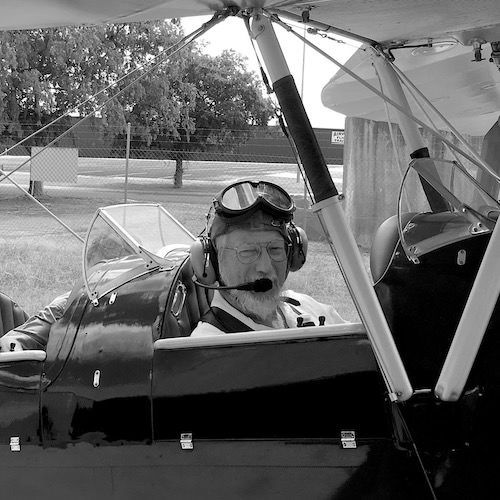
Jon Branch is the founder and senior editor of Revivaler and has written a significant number of articles for various publications including official Buying Guides for eBay, classic car articles for Hagerty, magazine articles for both the Australian Shooters Journal and the Australian Shooter, and he’s a long time contributor to Silodrome.
Jon has done radio, television, magazine and newspaper interviews on various issues, and has traveled extensively, having lived in Britain, Australia, China and Hong Kong. His travels have taken him to Indonesia, Israel, Italy, Japan and a number of other countries. He has studied the Japanese sword arts and has a long history of involvement in the shooting sports, which has included authoring submissions to government on various firearms related issues and assisting in the design and establishment of shooting ranges.
